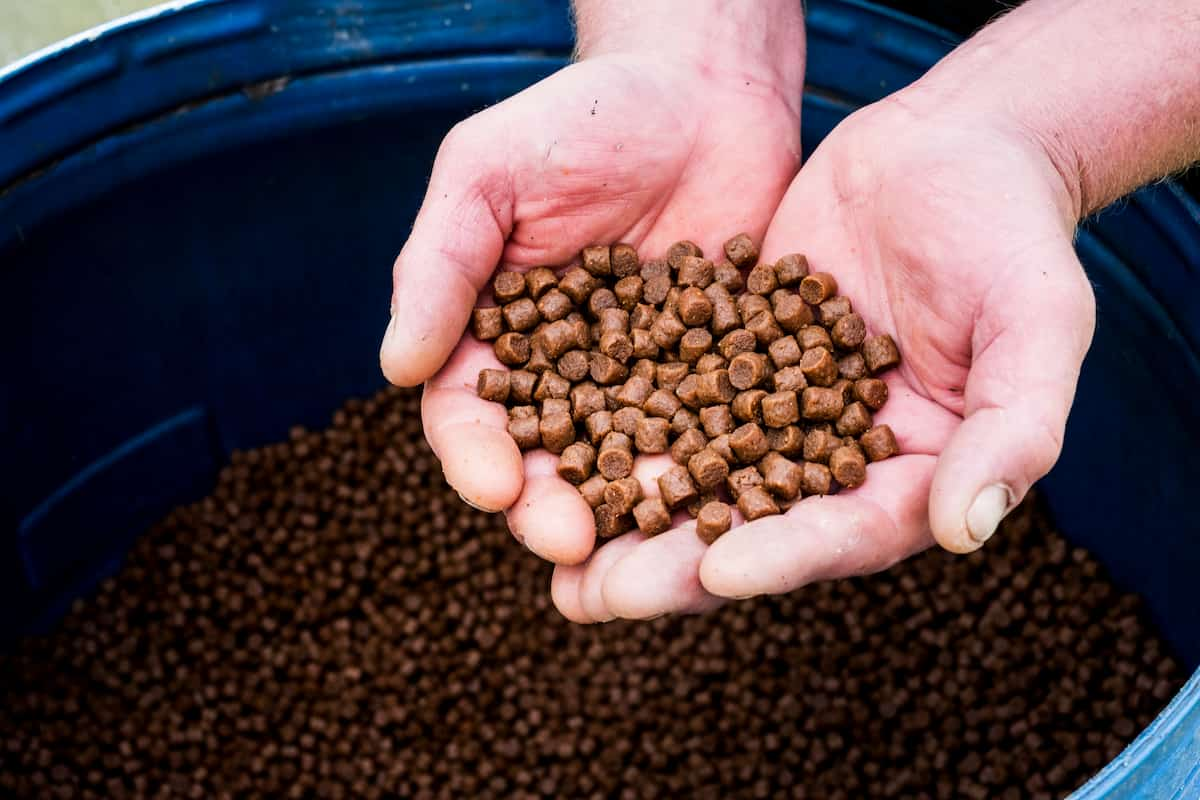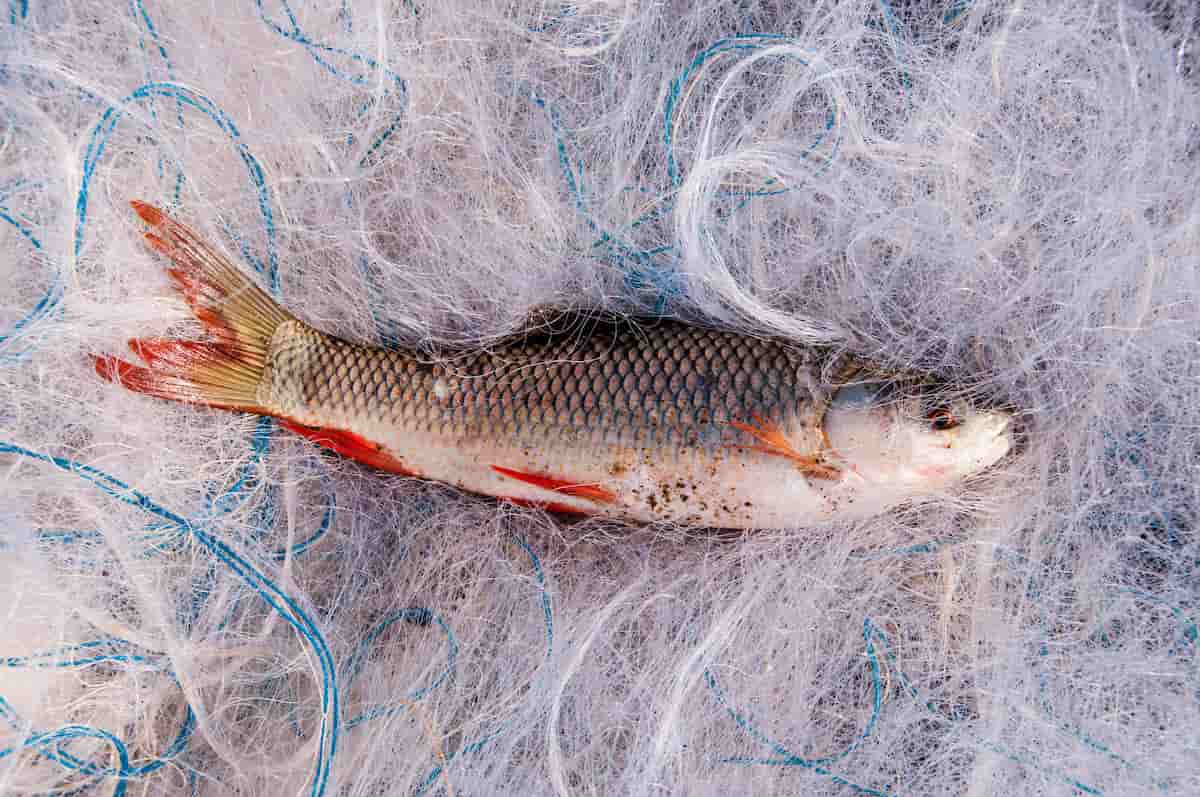Rohu fish farming is a profitable and popular aquaculture venture that has recently gained immense popularity. Rohu fish is a fast-growing species, widely consumed in many parts of the world, making it a lucrative business opportunity for fish farmers.

How to Start Rohu Fish Farming in 10 Steps
Research and Planning
Research about Rohu fish, its habitat and behavior, its market demand, and its growth potential in your area. Plan the size of your fish farm, the quantity of fish you want to grow, and the resources needed.
Selecting a Suitable Site
Select a site that is suitable for fish farming. The site should have a reliable source of water, access to electricity, and be free from pollution. The land should be flat or gently sloping, with good soil quality for the pond’s construction.
Pond Construction
The pond construction is an essential aspect of fish farming. The pond should be of sufficient size, depth, and shape to accommodate the number of fish you plan to raise. In addition, the pond should be lined with clay or plastic to prevent leakage and should have proper drainage.
Water Management
Water quality is crucial to the growth and health of your fish. Regularly check the water pH, temperature, dissolved oxygen levels, and ammonia levels. Water can be aerated, filtered, and changed to ensure proper water quality.
Stocking
Stock the pond with healthy and disease-free fish fingerlings. Rohu fish fingerlings are usually stocked in the ratio of 5:3:2 of Rohu, Catla, and Mrigal, respectively. Feed the fish with a balanced diet, monitor their growth, and manage any diseases that may arise.
Managing Your Rohu Fish
Feeding is another crucial aspect of maintaining Rohu fish for commercial production. Rohu fish are omnivorous and feed on both plant and animal-based food sources. Commercial fish feed is usually used with natural food sources such as plankton, insects, and algae. Feed the fish regularly and adjust the feed ratio based on their growth rate and behavior. Ensure that the fish are not overfed, which can lead to water pollution and health issues.
In case you missed it: How to Build Fish Pond in 10 Steps: DIY Guide for Beginners

Disease Management
Disease prevention and management are essential in maintaining healthy fish for commercial production. Common diseases that affect Rohu fish include bacterial infections, parasitic infestations, and viral infections. Implement proper disease prevention measures, such as regular health checks, vaccination, and quarantine procedures. If disease outbreaks occur, consult a veterinarian and follow their advice on proper disease management.
Harvesting
Harvest the fish once they reach the desired size and weight. You can use various methods, such as draining the pond, using a seine net, or using a trap to catch the fish. Proper handling and transportation should be done to prevent injury and stress to the fish.
Marketing
Identify potential buyers and market your fish effectively. You can sell your fish directly to consumers, local markets, or wholesalers. Ensure that you have the necessary permits and comply with regulations when selling your fish.
Record-Keeping and Monitoring
Keep detailed records of your fish farm’s performance, such as growth rates, feed consumption, and water quality. Regularly monitor the pond’s water quality, fish health, and overall farm performance. Use this information to make informed decisions and improve your farm’s profitability.
In case you missed it: How to Start RAS Fish Farming in 10 Steps: DIY Guide for Beginners

Regular water changes and proper water management, including maintaining optimal pH, temperature, and oxygen levels, also contribute to the fish’s growth. Maintaining a disease-free environment, proper pond design and stocking density, and regular health checks can further promote faster growth. By implementing these measures, fish farmers can achieve faster growth rates, increasing their Rohu fish farming venture profitability.
Conclusion
In conclusion, Rohu fish farming is an excellent investment opportunity for fish farmers looking to diversify their income sources. Remember to keep accurate records, regularly monitor the fish’s health and overall farm performance, and market your fish effectively to maximize profits.
- Feed Your Flock for Less: Top 10 Tips to Save on Chicken Feed
- Ultimate Guide to Ossabaw Island Hog: Breeding, Raising, Diet, and Care
- Hatching Answers: The Top 10 Reasons Your Chickens Aren’t Laying Eggs
- Eggs and Economics: Breaking Down the Cost of Raising Backyard Chickens
- Defend Your Greens: Proven Methods to Keep Iguanas Out of Your Garden
- Ultimate Guide to Cinnamon Queen Chicken: A Comprehensive Guide for Beginners
- Ultimate Guide to California Tan Chicken: Breeding, Raising, Diet, Egg-Production and Care
- Ultimate Guide to Marsh Daisy Chicken: Breeding, Raising, Diet, and Care
- 10 Types of Chicken Farming Businesses You Can Start for Profits